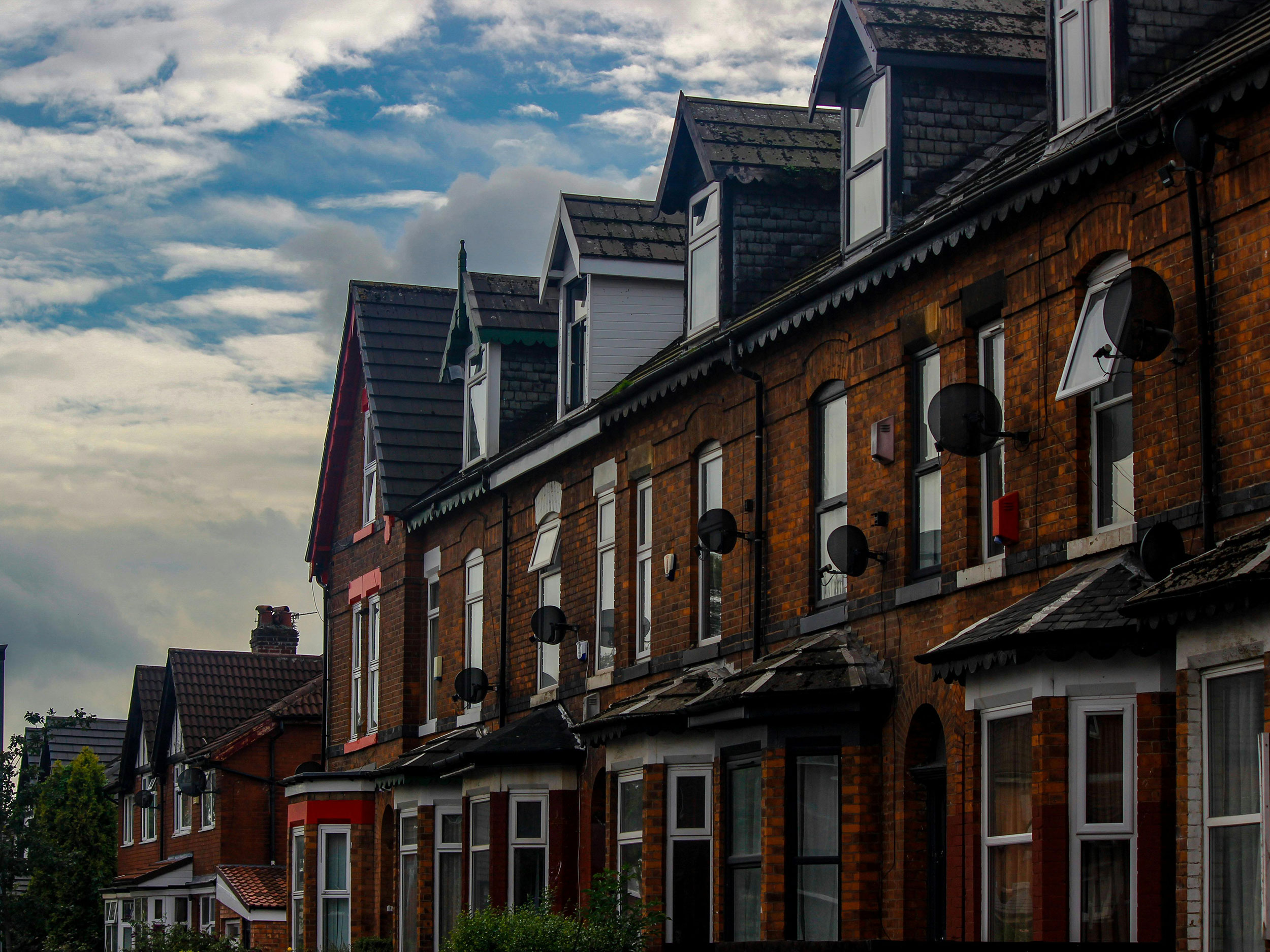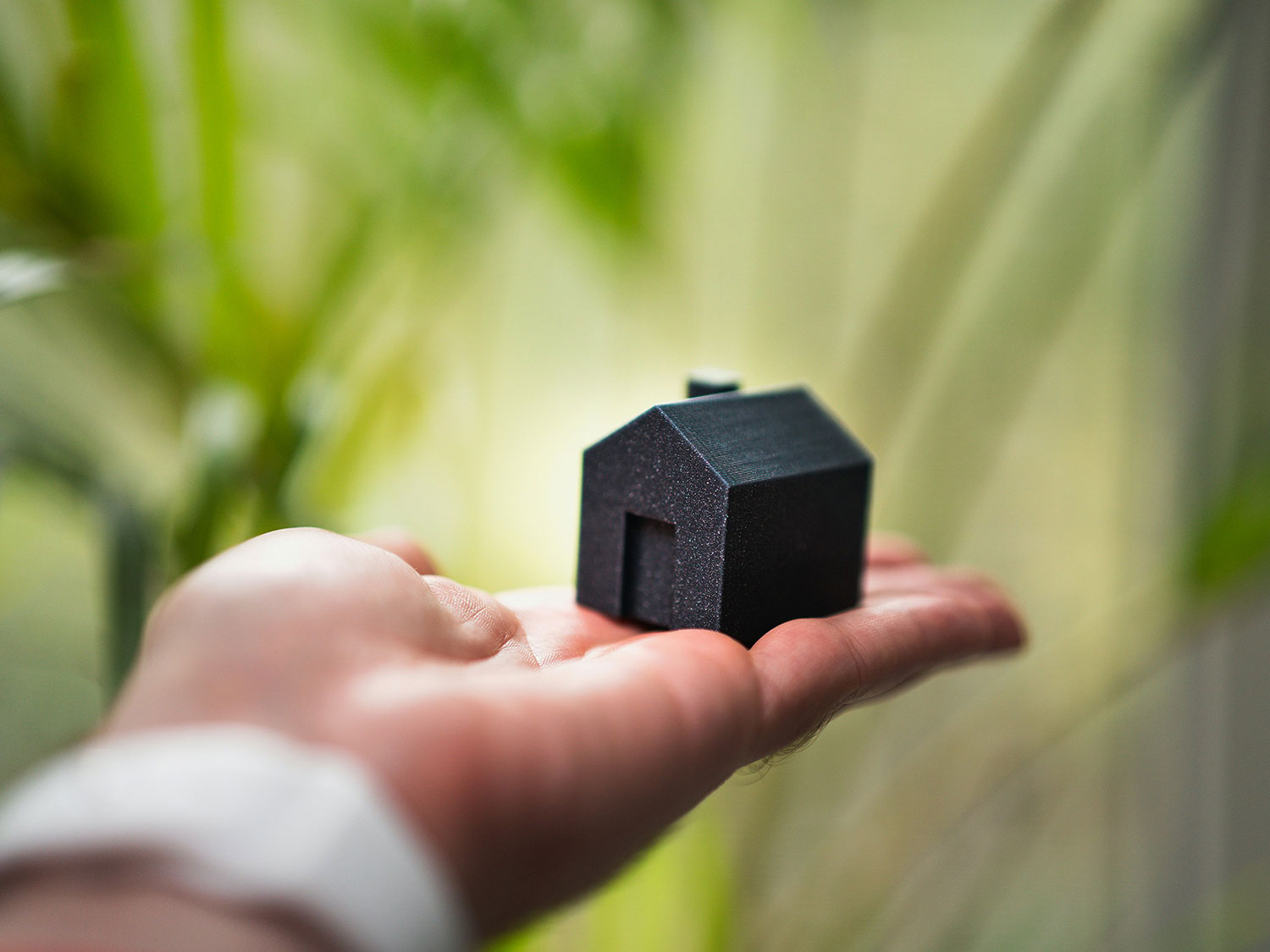How to Avoid the 3% SDLT Surcharge on Second Homes
- Home
- Media Centre
- How to Avoid the 3% SDLT Surcharge on Second Homes

How to Avoid the 3% SDLT Surcharge on Second Homes
Stamp Duty Land Tax (SDLT) can add a significant cost to property purchases, especially when the 3% second home surcharge applies. But in certain situations, buyers can legally avoid this surcharge or reclaim it after purchase. In this guide, we explain when the 3% surcharge applies, who qualifies for exemptions, and how you may be eligible for a stamp duty refund.
What Is the 3% SDLT Surcharge?
Since April 2016, anyone purchasing an additional residential property in England or Northern Ireland - such as a second home, buy-to-let, or holiday home - must pay an extra 3% on top of standard SDLT rates.
Example: If you buy a second home for £400,000, the standard SDLT might be around £10,000, but with the 3% surcharge, your bill increases by £12,000 to £22,000. This surcharge does not apply to non-residential or mixed-use properties - a point we’ll return to below.
When Does the Second Home Surcharge Apply?
The surcharge generally applies if all the following are true:
- You are buying an additional residential property worth more than £40,000.
- You already own another residential property anywhere in the world.
- You are not replacing your main residence.
It applies to individuals, companies, and trusts - though the rules vary by ownership type.
7 Ways to Legally Avoid the 3% SDLT Surcharge
1. Replacing Your Main Residence
If you're selling your main home and buying a new one, the surcharge won’t apply, even if you own other properties.
Tip: Make sure the sale of your previous main residence completes within 3 years of your new purchase to qualify for a refund if the surcharge was paid.
2. Buying a Mixed-Use Property
Mixed-use properties: those with both residential and non-residential elements (e.g., a shop with a flat above) are not subject to the surcharge.
Learn more: Understanding Mixed-Use Property SDLT Rules
3. Buying for a Family Member (as a Bare Trustee)
If you buy a property in trust for a child or family member, and they don’t own any other property, the surcharge may not apply. HMRC’s rules on beneficial ownership are key here.
4. Ownership Through a Company (with No Prior Property)
If you're forming a new limited company to buy its first residential property, the surcharge still applies. However, non-residential property or mixed-use classification may help reduce your bill.
5. Claiming Main Residence Status on the New Property
If you temporarily own two homes but the new one becomes your main residence, you can claim back the 3% surcharge once your old home is sold (within 36 months).
6. Joint Purchases With a Non-Owner Partner
Buying with a partner who doesn't own any property? Unfortunately, the surcharge still applies if either buyer owns another home. However, tax planning strategies or ownership structuring may help mitigate the cost.
7. Property Value Under £40,000
If the property is worth less than £40,000, no SDLT surcharge is due - though this rarely applies in practice given market prices.
How to Claim a Refund of the 3% SDLT Surcharge
If you paid the surcharge but later sold your original main home within 36 months, you can claim a stamp duty refund from HMRC.
- Deadline: You must claim the refund within 12 months of selling the old home or within 12 months of the SDLT filing date, whichever is later.
Need help with a claim? Speak to our SDLT specialists.
Common Scenarios Where SCA Tax Can Help
- You purchased a second property, then sold your original home within 3 years.
- Your property has commercial use (e.g. farmland, workshops, or tenancies) and may qualify as mixed-use.
SCA Tax offers no-win, no-fee stamp duty refund assessments, giving you a risk-free way to check if you’ve overpaid SDLT.
The 3% SDLT surcharge can add a significant cost - but with the right knowledge and advice, it’s possible to avoid it or claim a refund. If you’ve bought a second home in the past 4 years, you may be eligible for a stamp duty reclaim.
Get an Expert SDLT Refund Review
Think you’ve overpaid? Contact SCA Tax for a free, no-obligation assessment. We’ll review your case and guide you through the refund process.
Start your free assessment here.
Contact Us
Have questions or need more information? Our team is here to help. Feel free to reach out to us!






